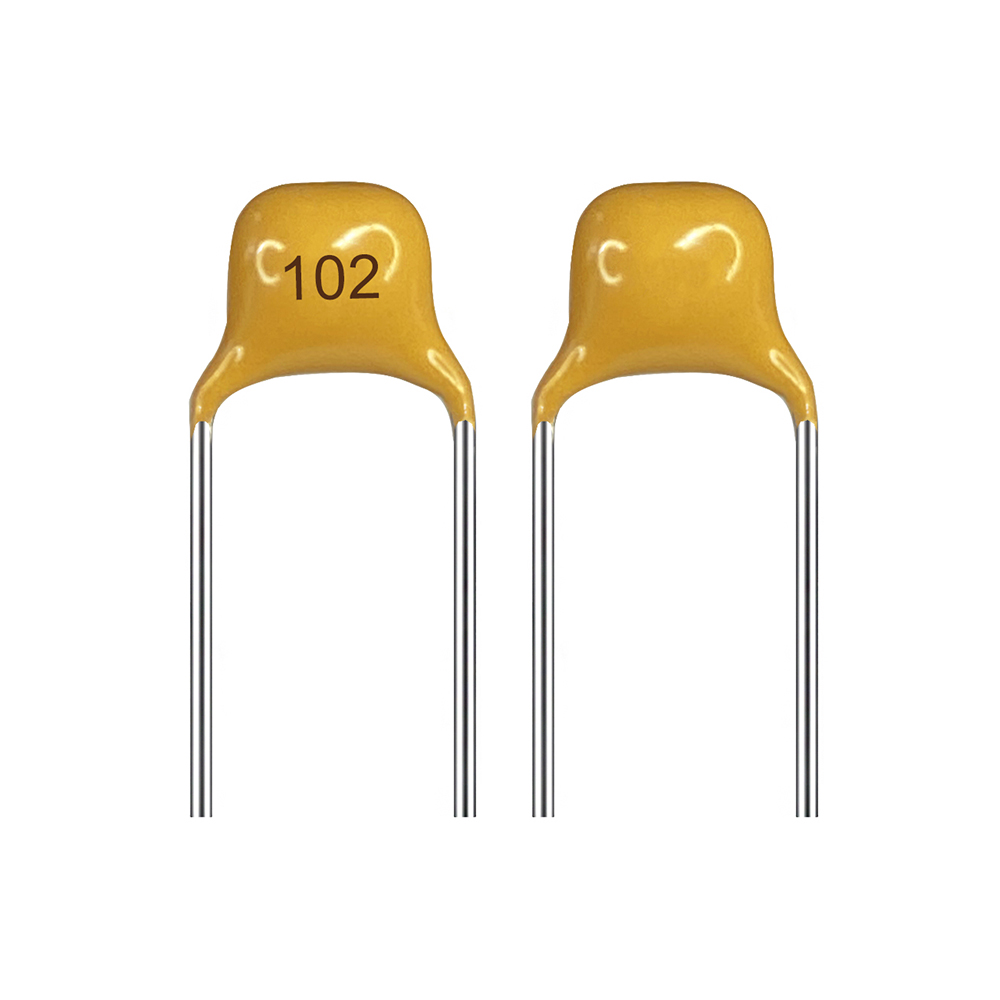Demystifying the Charging Process of Capacitors: A Comprehensive Guide
Capacitors are fundamental components in various electronic devices, playing a crucial role in energy storage and power delivery. Understanding how capacitors are charged is essential for engineers, technicians, and enthusiasts alike. In this blog post, we will delve into the intricacies of the charging process, exploring the underlying principles, different charging methods, and practical applications. So, let's embark on a journey to demystify the charging process of capacitors!
- Capacitor Basics:
Before we dive into the charging process, let's briefly recap the basics of capacitors. A capacitor consists of two conductive plates separated by an insulating material called a dielectric. When a voltage is applied across the plates, an electric field is established, causing the accumulation of charge on each plate. The amount of charge stored is directly proportional to the voltage applied and the capacitance of the capacitor. - Charging Principles:
The charging process of a capacitor involves the transfer of charge from a power source to the capacitor. To understand this process, we need to consider two key principles: voltage and current. When a voltage is applied across a capacitor, it initially acts as a short circuit, allowing a surge of current to flow. However, as the capacitor charges up, the voltage across it increases, and the current gradually decreases until it reaches zero when the capacitor is fully charged. - Charging Methods:
There are primarily two methods of charging capacitors: direct charging and indirect charging.
3.1 Direct Charging:
Direct charging involves connecting a power source directly to the capacitor. This method is commonly used in simple circuits where the power source voltage is lower than the capacitor's voltage rating. The charging time depends on the resistance of the circuit and the capacitance of the capacitor. It can be calculated using the time constant formula τ = R × C, where R is the resistance and C is the capacitance.
3.2 Indirect Charging:
Indirect charging, also known as trickle charging, utilizes a current-limiting resistor in series with the capacitor. This method is employed when the power source voltage exceeds the capacitor's voltage rating. The resistor limits the charging current, preventing damage to the capacitor. The charging time in this case is longer due to the reduced current flow.
- Practical Applications:
Understanding the charging process of capacitors is crucial for various applications, including:
4.1 Energy Storage:
Capacitors are widely used for energy storage in devices such as camera flashes, electric vehicles, and renewable energy systems. The charging process determines the amount of energy that can be stored and subsequently released.
4.2 Power Supply Filtering:
Capacitors play a vital role in power supply circuits, smoothing out voltage fluctuations and reducing noise. Knowledge of the charging process helps in selecting the appropriate capacitor values for efficient filtering.
4.3 Timing and Oscillator Circuits:
In timing and oscillator circuits, capacitors are charged and discharged to control the frequency and duration of signals. Understanding the charging process enables precise timing and accurate signal generation.
Conclusion:
The charging process of capacitors is a fundamental aspect of electronics, with implications across various industries. By comprehending the underlying principles, different charging methods, and practical applications, engineers and enthusiasts can harness the full potential of capacitors in their designs. So, whether you are an aspiring engineer or a curious learner, this comprehensive guide has equipped you with the knowledge to navigate the intricacies of capacitor charging.

Post Comment